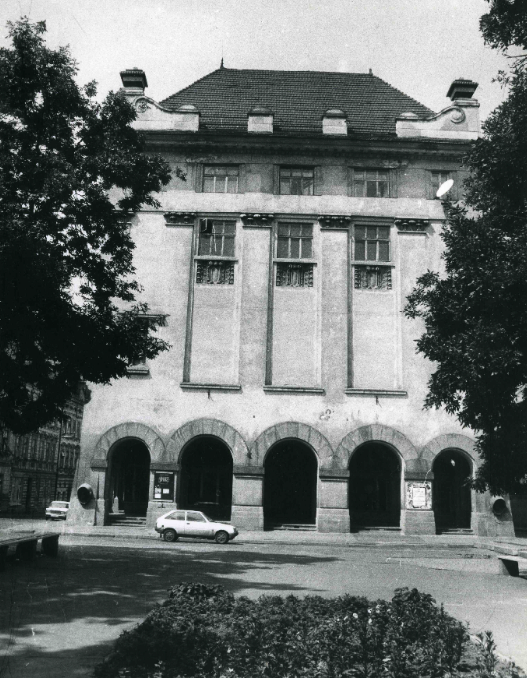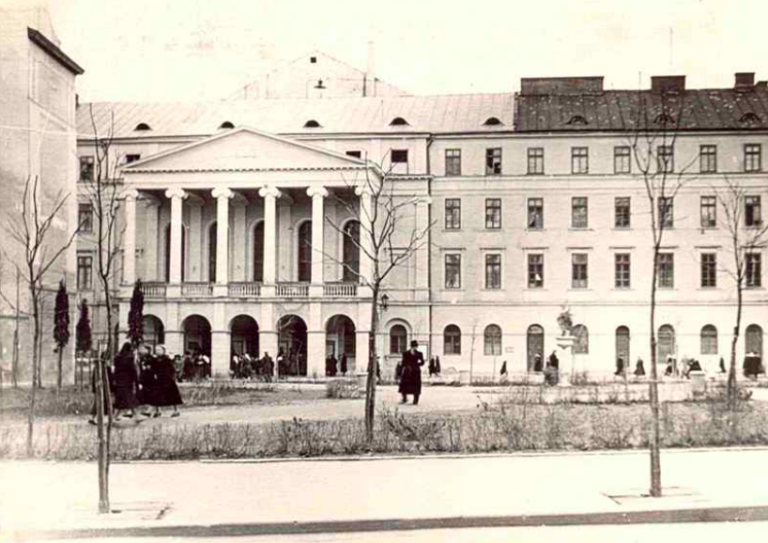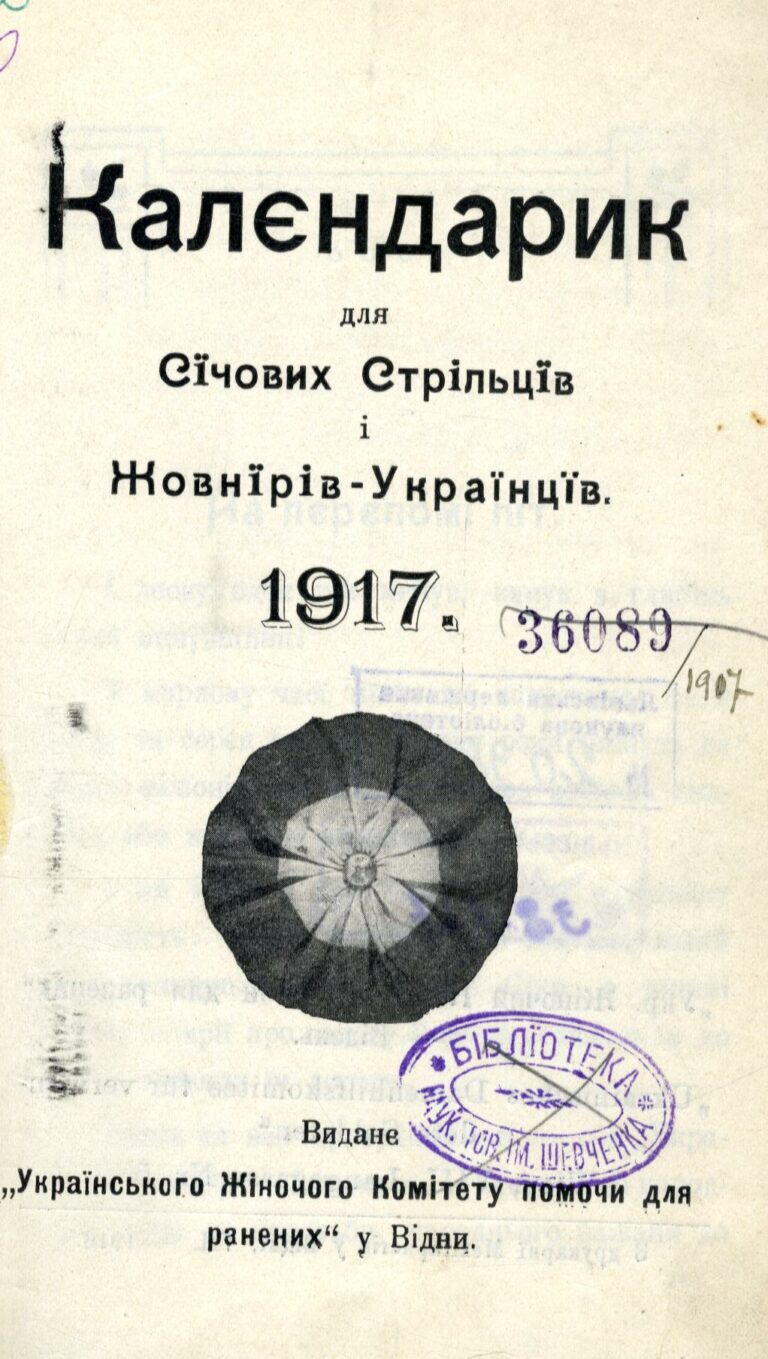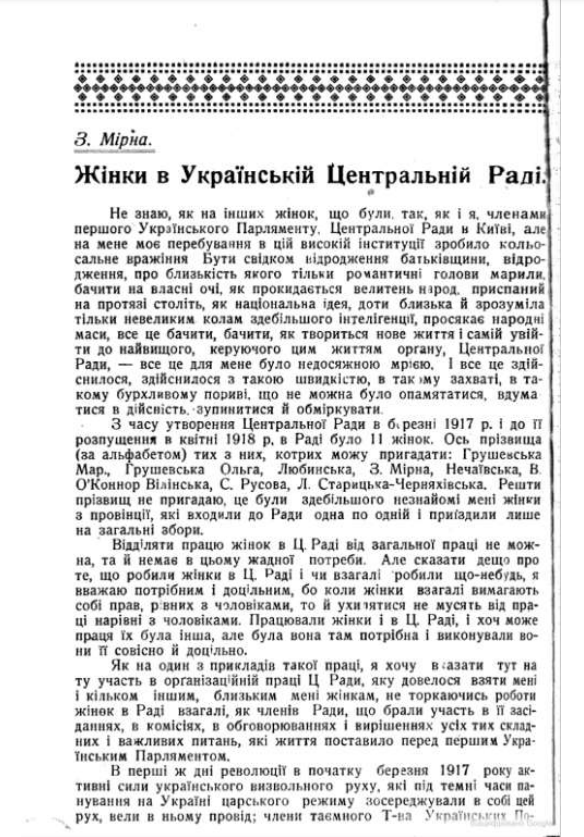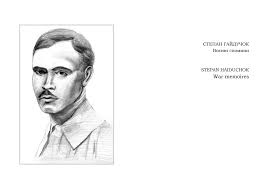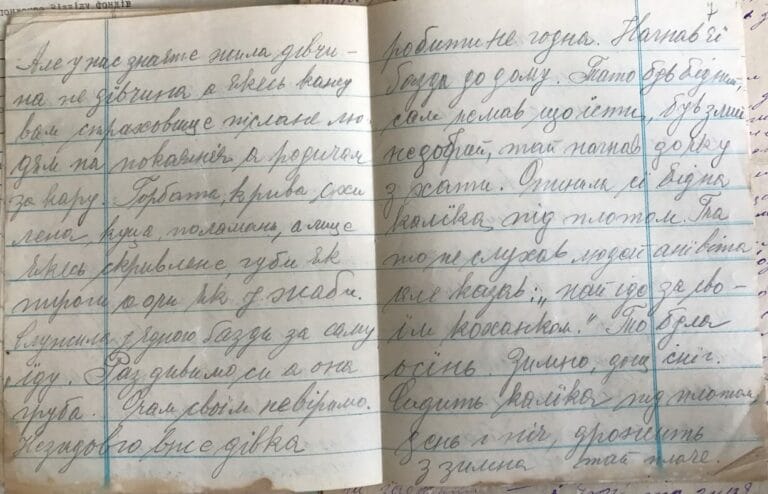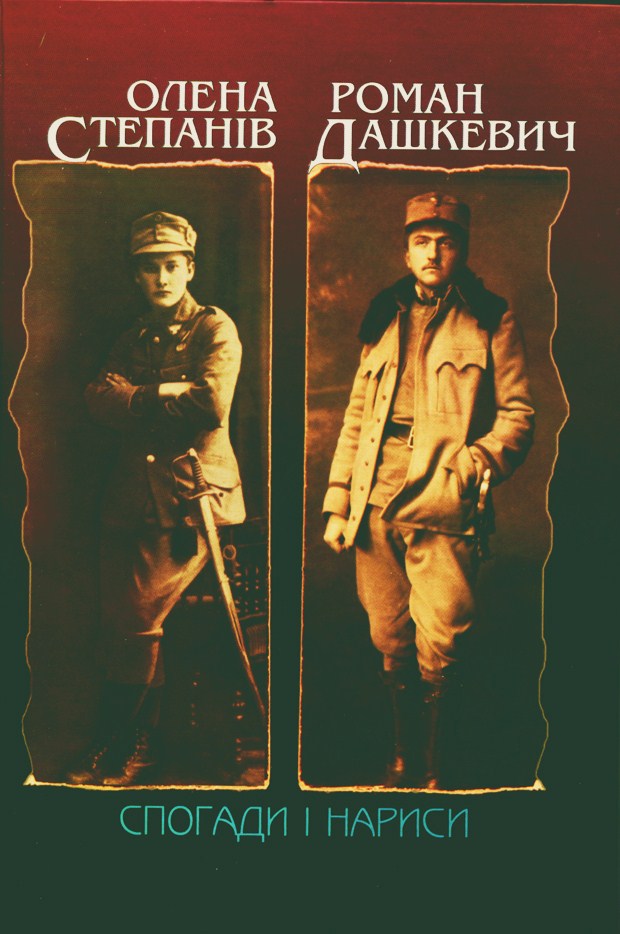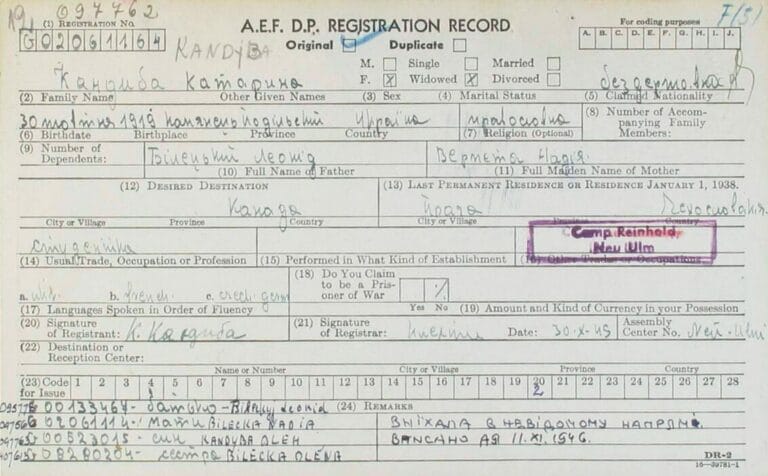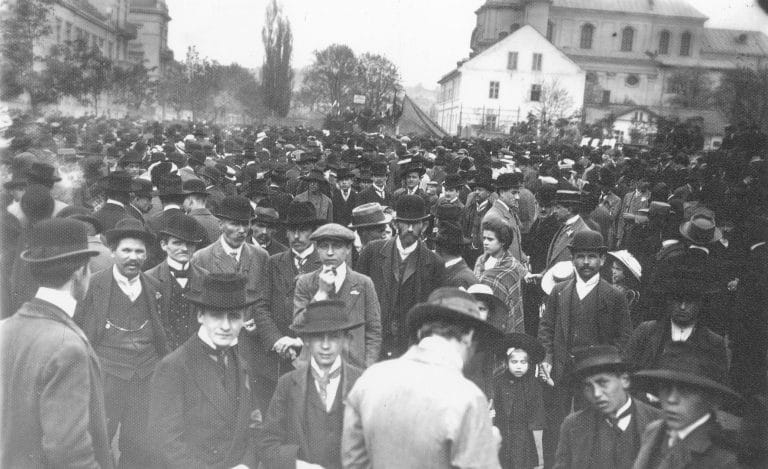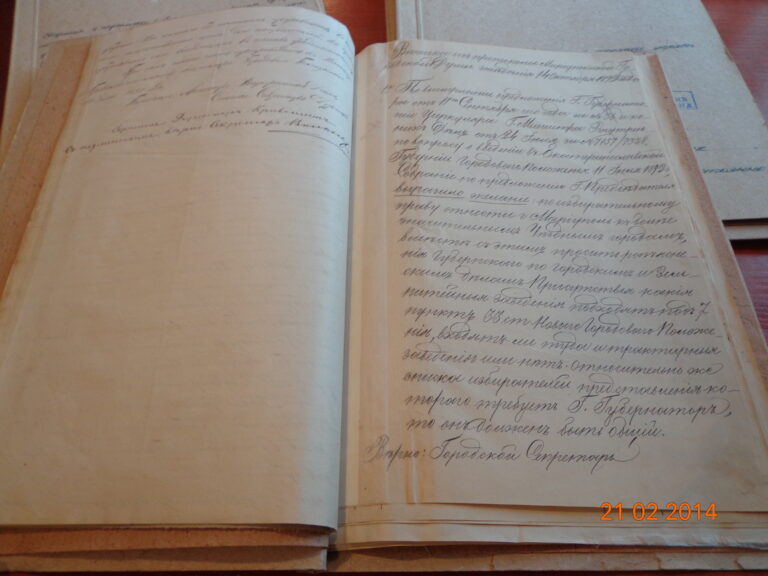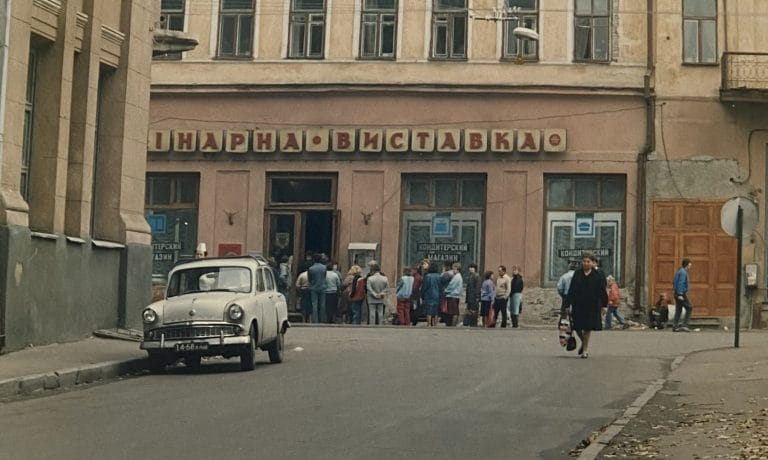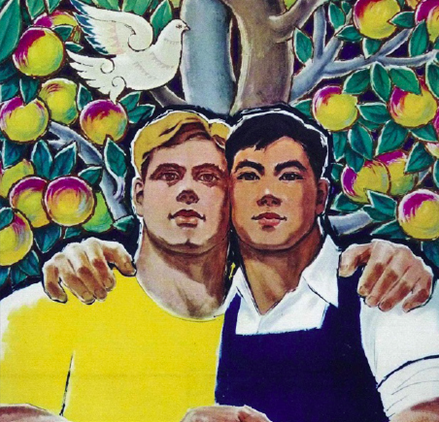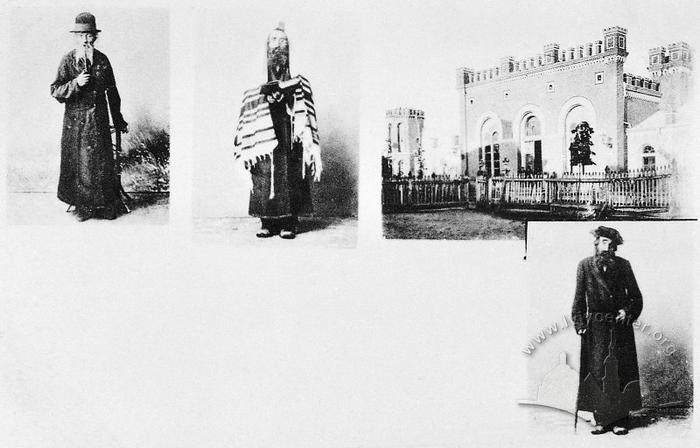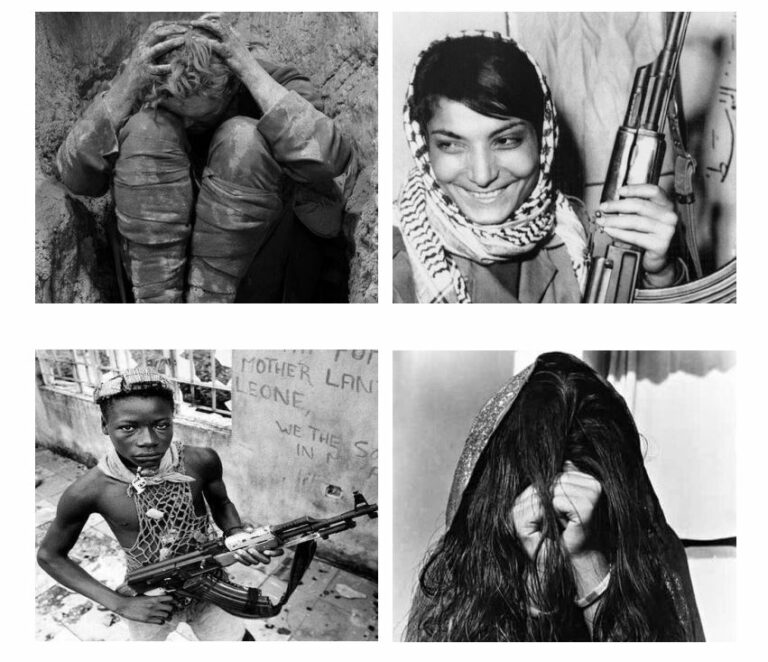War
Once Heraclitus said that war is “the father of all,” claiming this destructive practice of humans to be a creative endeavor, though many of his contemporaries found this notion controversial. However, we also understand that the great wars of the 20th century profoundly changed East-Central Europe and the course of global history. The Ukrainian state, for instance, came into being between the two European wars of the twentieth century, and already in the 1950s, this state was among the biggest on the continent. War, and the horrors and tragedies that follow it, will always be with us, along with its unavoidable suffering, cruelty, and unexpected political outcomes, and thus studying it is profoundly important for history. This theme focuses on various urban dimensions of war, such as ruins that follow cities’ destruction, urban reconstruction, life during occupation, and problematic issues that arise from collaboration with enemy forces. We are also interested in the historical circumstances surrounding violence in urban areas within the region, the role and fate of veterans, and war commemorations.
Primary Sources

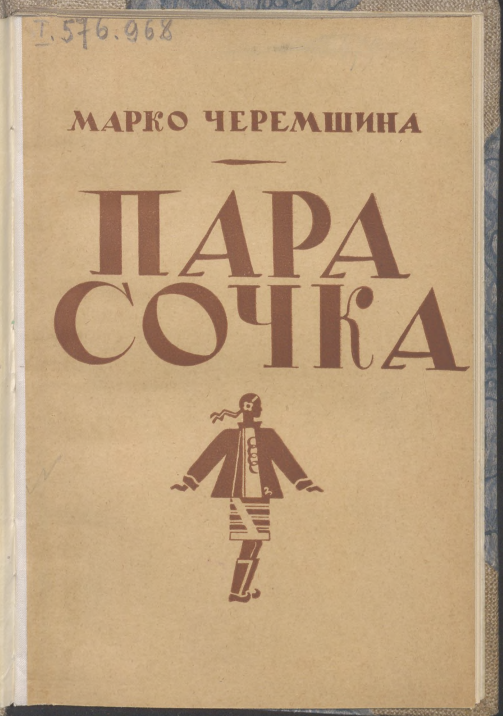

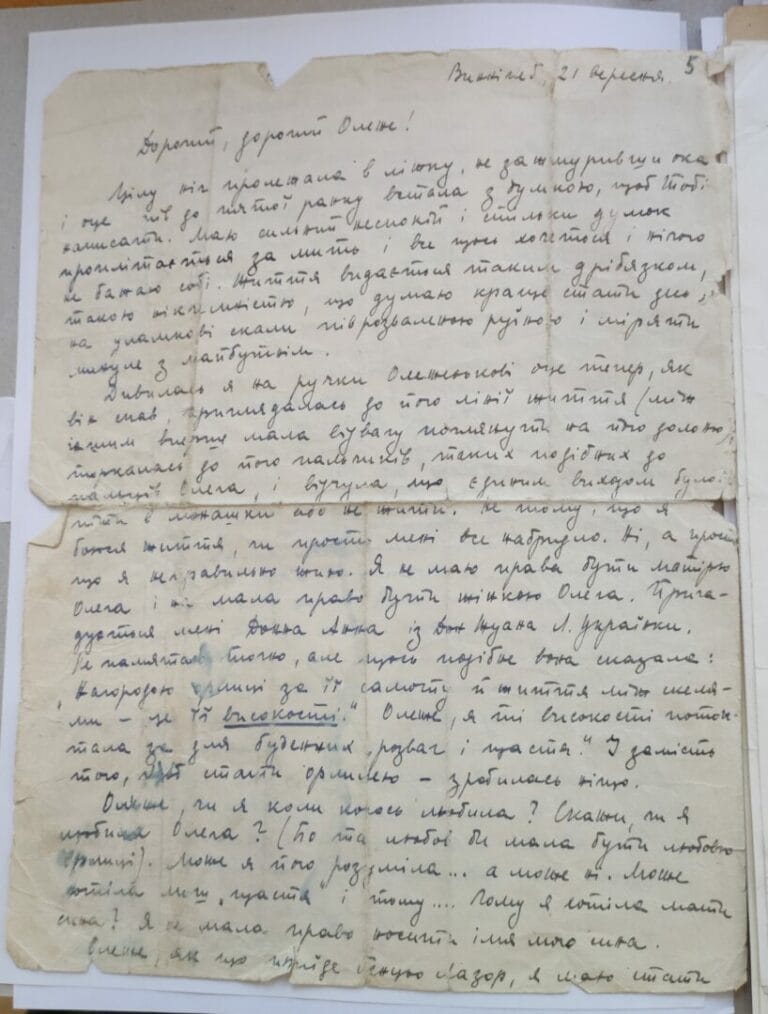
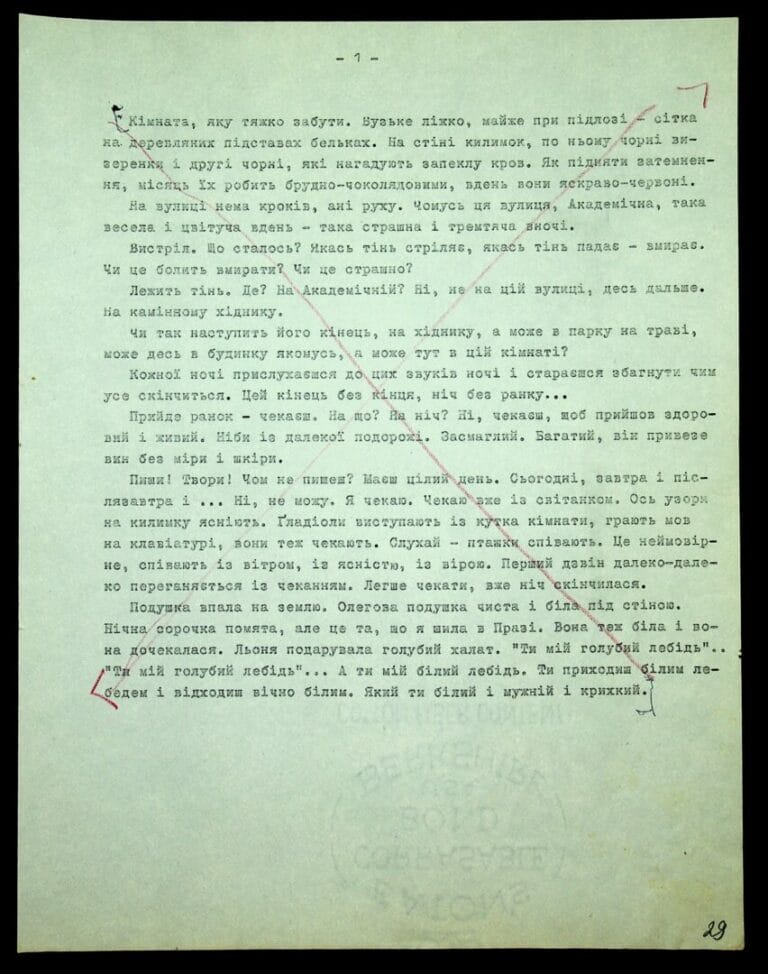



Reflections






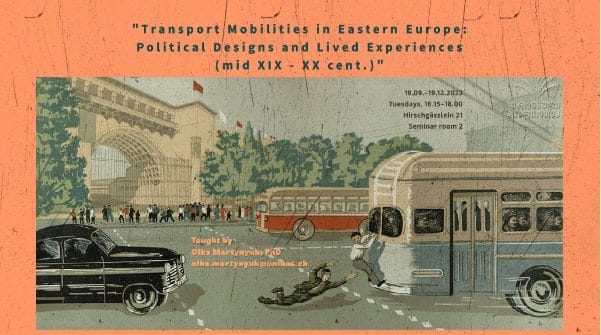 Transport Mobility in Eastern Europe: Political Designs and Lived Experiences (mid XIX – XX Century)
Transport Mobility in Eastern Europe: Political Designs and Lived Experiences (mid XIX – XX Century)

